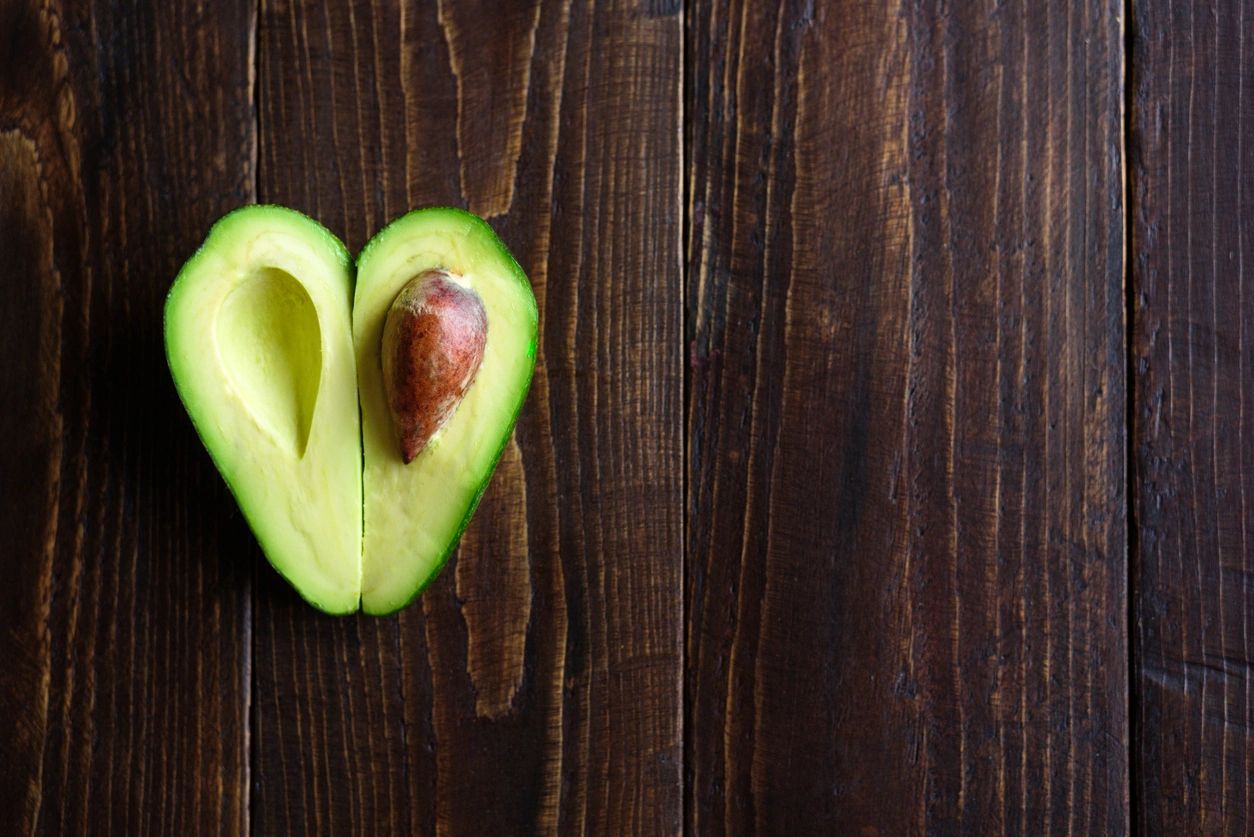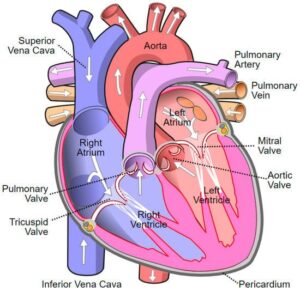Heart Health Anatomy Made Easy!

Heart Health Anatomy Made Easy!
Dr. Claire Arcidiacono, ND
The heart has been called the organ that never sleeps. Every day it beats on and on, keeping blood flowing throughout our body. Now I know when people think of heart health, the first thought is simply isn’t that just for older people? And while yes it is true that as we age we are more prone to some of the topics that I will be reviewing, it is simply not true for all of them. In fact, certain heart concerns can start in childhood. Other chronic heart concerns tend to run in families. In these cases it is best to start treatment before any issues begin. Before we can understand what can go wrong with the heart let’s start with how the heart looks when it is healthy!
Let’s start with the chambers of the heart. The heart can be broken down into 4 chambers or rooms. The top half of the heart is broken down into the left and the right atrium. The bottom half of the heart is broken down into the right and left ventricle. (1) Please see the attached picture! (2)

Why is this important? As you can see in the picture the left and right sides of the heart are separate. It is important that the 2 sides of the heart remain separate. The right side carries DE-oxygenated blood, whereas the left carries blood that is full of oxygen. (3) In certain conditions this blood isn’t separated and this can lead to different health concerns. Now if you can look back at the picture you will notice that there are arrows pointing out the pathway that blood is supposed to flow through the heart. Once again this direction of blood flow is very important to having a healthy heart. The left side which is where blood that is clean and full of oxygen receives it blood from the pulmonary vein. It goes into the left atrium to the left ventricle and then to the aorta which sends the blood out into our body. (4) The right side of the heart receives its blood, which is DE-oxygenated from the 2 Vena Cava. Like the left side the blood goes from the atrium to the ventricle and from there it goes to the lungs via the pulmonary artery. In the lungs the blood will pick up oxygen and will make its way back to the heart to be distributed around the body. (5) Now as you can guess there are things that can go wrong with this process that we will be reviewing in this series.
Now back to our picture! You can easily see there are 4 valves or doorways between the chambers. These help to allow blood to flow at the proper rate in the right direction. (5)
In addition to our heart there are arteries, veins and capillaries. Think of these as roadways for blood to travel. A great way to remember the difference is that arteries start with an A can carry blood Away from the heart. Veins in contrast carry blood back to the heart. Capillaries which are the smallest blood vessels of all work to connect the 2. The capillaries also take away and carry waste. The skin of the capillaries is so thin it allows oxygen to get into the blood. (6)
The pressure in blood vessels is what we refer to as blood pressure. I will be covering this topic in depth in a few blogs so I won’t get too involved here. Most of this pressure is caused by the beating of our heart or when the heart is “at rest”. Everyone who has had their blood pressure taken knows it is broken down into systole and diastole. Systole is where the heart is contracting and diastole is when it is resting or filling with blood. (7)
The amount of blood that is pumped out from the heart is called cardiac output and can be affected by certain chronic heart disorders. (8) The heart rate is controlled by what is called nodes. The heart rate is normally controlled by what is called the SA node but if this begins to malfunction the AV node can take over. Lastly the Purkinje fibers can take over if they need to. The main concern is that if the AV node and Purkinje fibers control the heart rate, it is usually quite slow and intervention is needed. (9)
I have tried to give an overview of the heart so that when we talk about certain disorders it is easy to understand what is going on. During this series I will be reviewing a number of the most common heart disorders that we encounter. We will also be reviewing some common supplements such a CoQ10, magnesium and even resveratrol. But we may go over a few things most people don’t consider for heart health.
In our next blog we will be exploring how Collagen is an amazing nutrient and not just for joints, for your heart too!
- Starr, Cecie; Evers, Christine; Starr, Lisa (2009). Biology: Today and Tomorrow With Physiology. Cengage Learning. p. 422. ISBN 978-0-495-56157-6. Archived from the original on 2 May 2016.
- https://www.mdpi.com/2673-8430/2/4/31
- Guyton & Hall 2011, p. 157.
- Guyton & Hall 2011, pp. 101, 157–158, 180.
- Betts, J. Gordon (2013). Anatomy & physiology. OpenStax College, Rice University. pp. 787–846. ISBN 978-1-938168-13-0. Archived from the original on 27 February 2021. Retrieved 11 August 2014.
- https://my.clevelandclinic.org/health/body/21640-blood-vessels
- https://www.nhlbi.nih.gov/health/high-blood-pressure
- Betts, J. Gordon (2013). Anatomy & physiology. OpenStax College, Rice University. pp. 787–846. ISBN 978-1-938168-13-0. Archived from the original on 27 February 2021. Retrieved 11 August 2014.
- https://en.wikipedia.org/wiki/Sinoatrial_node
